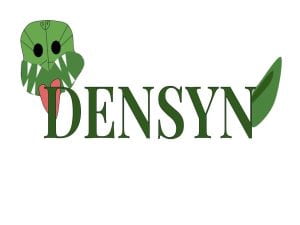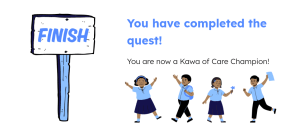LI: To use metaphors and senses to describe the noun by painting a picture with your words.
We were challenged to write a poem about an abstract noun using the 5 sences. One the noun my partner picked was courage, meaning being hold to strive forward. In each line we described what we thought the abstract noun would look,smell, feel,hear and taste like. We then used wordhippo to change our words and make our poem more developed.
I enjoyed this activity because I got learn more about poems.

